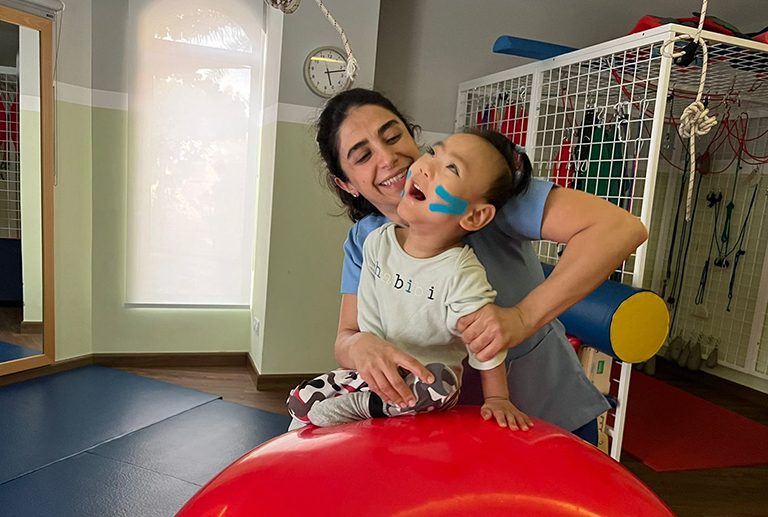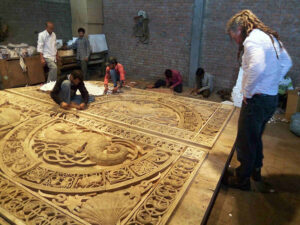
Infant physiotherapy focuses on helping babies develop their motor skills, strength, and mobility during their early stages of life. It uses gentle and targeted techniques to support babies who may have difficulty meeting physical milestones. These techniques are designed to improve flexibility, muscle strength, and coordination, with expert guidance provided at infant physiotherapy centers.
Tummy time:
Tummy time is one of the most fundamental techniques in infant physiotherapy. It involves placing a baby on their stomach while they are awake and supervised. This simple exercise strengthens the neck, back, and shoulder muscles, which are essential for developing the ability to roll over, sit up, and eventually crawl. Tummy time also helps prevent flat spots on a baby’s head, a common concern for infants who spend a lot of time lying on their backs.
Range of motion exercises:
Range of motion exercises are used to improve flexibility and joint mobility in infants. These exercises involve gently moving the baby’s arms and legs through their natural range of motion. The goal is to keep the joints and muscles flexible, which helps prevent stiffness or tightness. For babies with conditions such as hip dysplasia or torticollis, range of motion exercises is important in ensuring proper development and alignment of the joints.
Gentle stretching:
Stretching is an essential technique used in infant physiotherapy to improve muscle flexibility and prevent tightness. Gentle stretching exercises are often performed by physiotherapists to target areas of tension, such as the neck, hips, or legs. Stretching helps release muscle stiffness, improve posture, and promote better movement patterns, which are vital for a baby’s ability to roll, sit, and walk independently.
Strengthening exercises:
As babies grow, they need to develop the strength necessary to perform physical tasks such as holding their head up, crawling, or standing. Physiotherapists use various strengthening exercises to promote muscle development, including activities like supporting a baby in a sitting position or encouraging them to reach for toys. These exercises help babies build the strength required for future milestones like walking.
Postural control and balance activities:
Postural control and balance are essential for infants as they progress from lying down to sitting up and standing. Physiotherapists incorporate exercises that help babies improve their posture and balance, such as helping them shift weight from one side to the other or practice sitting independently. These activities lay the foundation for more complex movements like walking and running.




